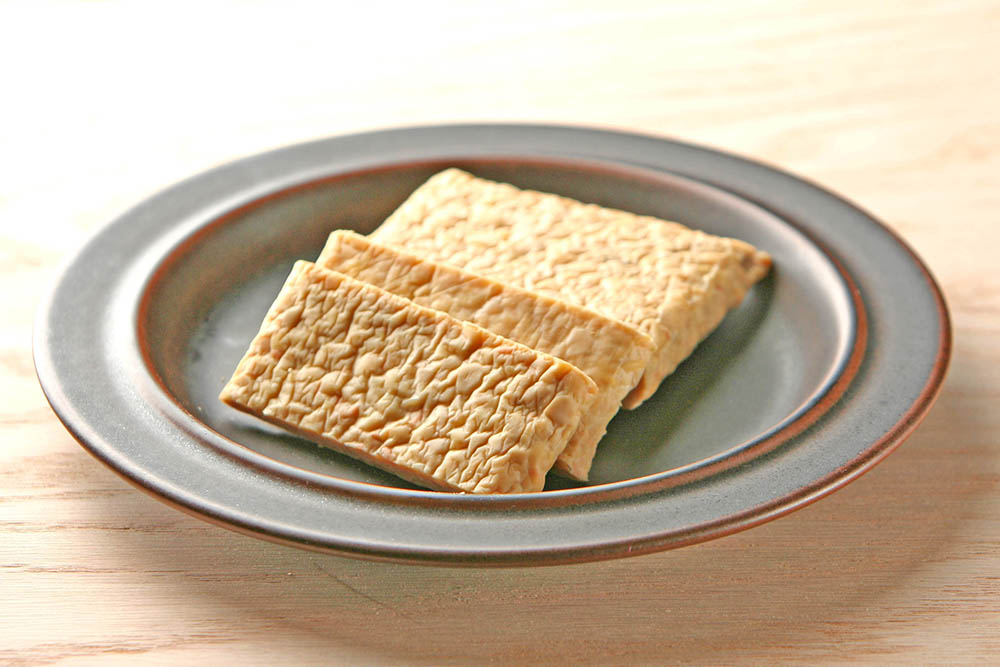Effective Ways to Cook Ribeye Steak for Maximum Flavor
Ribeye steak is a favorite among meat lovers, renowned for its rich flavor and tender texture. This cut of meat features a good amount of marbling, which means it retains moisture while cooking, resulting in juicy, flavorful bites. Whether grilled or pan-seared, learning how to properly cook ribeye steak can make all the difference in achieving that perfect, mouth-watering dish. In this article, we will explore various cooking methods, seasonings, and tips to elevate your ribeye steak experience. Get ready to master the art of cooking ribeye steak!
Understanding the best practices for preparing this cut will enhance not only the flavor but also the overall dining experience. We will discuss ribeye steak recipes, cooking techniques such as sous vide and reverse sear, and expert tips for achieving optimal doneness. By the end of this guide, you’ll have a solid grasp on how to cook ribeye steak like a pro. So let's dive into the flavorful world of ribeye steak!
Understanding Ribeye Steak: Cuts and Characteristics
Before diving into cooking techniques, it's helpful to understand what makes ribeye steak unique. The ribeye comes from the rib section of the cow, featuring ample marbling and a robust flavor profile. The two main variations are boneless ribeye, which has a smooth texture, and bone-in ribeye, which can impart additional flavor during cooking.
Ribeye Steak Varieties
When considering ribeye steak, it's essential to distinguish between the various options available. Grass-fed ribeye steak is known for its more pronounced flavor compared to grain-fed varieties, and bone-in steaks often offer a richer taste due to the marrow cooking into the meat. Understanding these variations will help you select the best ribeye steak for your cooking method and preferences.
The Importance of Marbling
The key characteristic of ribeye steak is its marbling. This fat content is what makes the steak juicy and flavorful. Cooking methods that allow the fat to render properly—such as grilling or pan-searing—are ideal for this cut. The marbling ensures that the steak remains tender even when cooked to medium or medium-well, keeping it delectable.
Choosing the Right Ribeye Steak
When shopping for ribeye steak, look for vibrant red meat interspersed with creamy white fat. The thickness of the cut also matters, as thicker steaks will be easier to cook to a perfect doneness without overcooking. For the best experience, opt for cuts that are at least 1 inch thick.
Essential Techniques for Cooking Ribeye Steak
Now that you have a better understanding of ribeye steak's characteristics, it's time to explore the various cooking techniques. Each method brings its unique qualities to the forefront, affecting both the flavor and texture of the steak.
Grilling Ribeye Steak
Grilling ribeye steak is a popular choice for its ability to impart a smoky flavor. Start by preparing your grill with high heat to create those perfect grill marks. Season your steak with salt and pepper or your favorite ribeye steak rub to enhance its natural flavors. The general rule of thumb for grilling ribeye steak is to cook it for about 4-5 minutes per side for a perfect medium-rare finish.
Pan-Seared Ribeye Steak
If you prefer cooking indoors, pan-searing is another excellent method. Use a cast iron skillet to achieve an exceptional sear on the outside while keeping the inside tender. Preheat the skillet and add butter for extra flavor. Sear the steak for about 3-4 minutes on each side, ensuring you baste it continuously in the melted butter for added juiciness.
Sous Vide Cooking for Precision
The sous vide method involves cooking the steak in a vacuum-sealed bag immersed in a water bath. This technique allows for precise temperature control, ensuring your ribeye steak is perfectly cooked throughout. Set your sous vide machine to 130°F (54°C) for medium-rare and cook for 1 to 3 hours. After cooking, sear the steak quickly in a hot pan for that coveted crust.
Mastering Ribeye Steak Seasoning
Seasoning plays a pivotal role in enhancing the flavor of ribeye steak. While the meat's natural flavor is robust, the right seasoning can elevate your dish to new heights.
Simple Salt and Pepper
For many, the classic combination of salt and pepper is sufficient to highlight the steak's natural flavors. Make sure to season generously, especially before grilling. This method draws out moisture, enhancing the steak's juiciness while creating that delicious outer crust.
Creating a Flavorful Marinade
Marinating ribeye steak can add even more depth to the flavor. A simple marinade can consist of olive oil, garlic, rosemary, and balsamic vinegar. Allow your steak to marinate for at least 1 hour or overnight for deeper flavor infusion. This technique not only adds flavor but also aids in tenderizing the meat.
Experimenting with Rubs and Spices
For an extra kick, apply a homemade spice rub. Combine garlic powder, onion powder, paprika, and a pinch of cayenne for a flavorful mix. Applying this rub before cooking will create an incredible crust while amplifying the ribeye's flavor profile.
Understanding Ribeye Steak Doneness
Achieving the perfect ribeye steak doneness is crucial to the overall dining experience. Understanding doneness levels allows you to cater to personal preferences and control the steak's juiciness.
Using a Meat Thermometer
A meat thermometer is your best friend when it comes to checking ribeye steak temperatures. Here are the temperature ranges for various levels of doneness:
- Rare: 120°F (49°C)
- Medium-Rare: 130°F (54°C)
- Medium: 140°F (60°C)
- Medium-Well: 150°F (66°C)
- Well-Done: 160°F (71°C)
Resting the Steak
After cooking, always allow the ribeye steak to rest for 5-10 minutes. This resting period lets the juices redistribute throughout the meat, ensuring each bite is juicy and flavorful. Cutting into the steak too soon can result in a loss of these delicious juices.
Determining Personal Preferences
Many factors influence how you prefer your ribeye steak cooked, including cultural background and personal experiences. Experimenting with different doneness levels will help you discover your ideal ribeye steak temperature.
Sides and Pairings for Ribeye Steak
To create a well-rounded meal, pairing ribeye steak with delicious sides is essential. A substantial side can complement the rich flavor of the steak while enhancing the overall dining experience.
Classic Vegetable Pairings
Ribeye steak pairs beautifully with roasted or grilled vegetables. Consider serving it alongside asparagus, garlic green beans, or sautéed mushrooms. These sides add color, flavor, and nutrition to your plate.
Perfect Starches
Starches such as creamy mashed potatoes or seasoned roasted potatoes are ideal choices. These comforting sides balance the richness of the ribeye, providing a satisfying meal. For a twist, try serving it with a side of garlic butter rice or polenta.
The Right Wine Selections
To elevate the flavor of your ribeye steak, don't overlook the importance of wine pairings. A bold red wine, such as Cabernet Sauvignon or Malbec, enhances the enjoyment of each bite. The tannins in these wines pair excellently with the richness of the steak, making for a delightful culinary experience.
Conclusion: Tips for Cooking Ribeye Steak to Perfection
Cooking ribeye steak doesn’t have to be intimidating. With the right techniques, seasonings, and an understanding of doneness levels, you can create a ribeye dish that rivals any restaurant experience. Remember the key takeaways: focus on the cut’s natural flavors, use various cooking methods to find your preferred style, and don't skip on seasoning. Armed with these tips, you’re ready to impress your family and friends with perfectly cooked ribeye steak every time.


